 Welcome
Welcome
“May all be happy, may all be healed, may all be at peace and may no one ever suffer."
- A
- B
- C
- D
- E
- F
- G
- H
- I
- J
- K
- L
- M
- N
- O
- P
- Q
- R
- S
- T
- U
- V
- W
- X
- Y
- Z
Electroencephalogram (EEG)
An electroencephalogram (EEG) is a non-invasive medical test that measures and records the electrical activity of the brain using electrodes placed on the scalp. The test can provide important information about the brain's function and can help diagnose and monitor a variety of neurological conditions.
During an EEG, electrodes are attached to the scalp using a special paste or cap. The electrodes are connected to a machine that amplifies and records the electrical signals generated by the brain. The resulting tracing, called an electroencephalogram, shows the pattern of electrical activity in the brain.
EEGs are used to diagnose and monitor a variety of neurological conditions, including epilepsy, sleep disorders, brain injuries, and degenerative brain diseases. They can also be used to evaluate the brain's activity during surgery or to monitor the effects of medications that affect the brain.
EEGs are typically performed by trained technicians in a hospital or clinic setting. The test is painless and usually takes about 30 minutes to complete. During the test, the patient may be asked to perform certain tasks, such as opening and closing their eyes or breathing deeply, to help elicit specific patterns of brain activity.
In addition to the standard EEG, there are several specialized types of EEGs that may be used to provide additional information about the brain's function. These include the sleep-deprived EEG, which is performed after the patient has been deprived of sleep to evaluate the brain's response to sleep deprivation, and the ambulatory EEG, which allows the patient to wear a portable EEG device and record brain activity over a period of days or weeks.
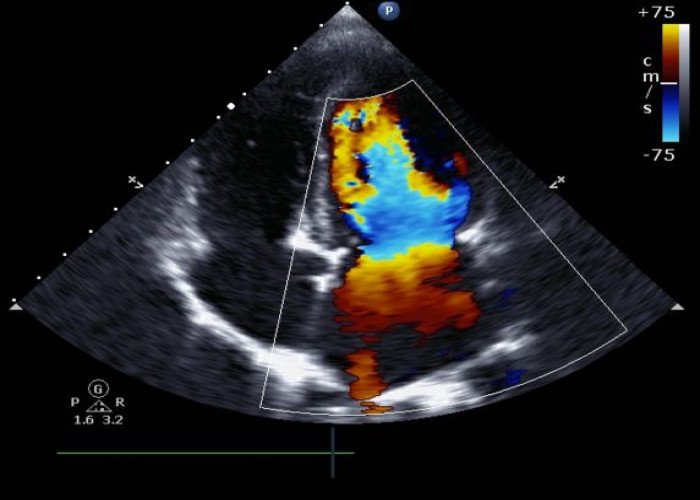
Color Doppler
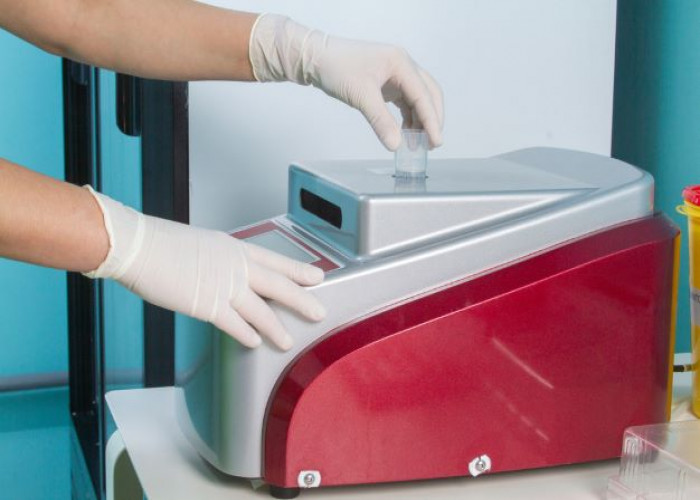
Cytopathology
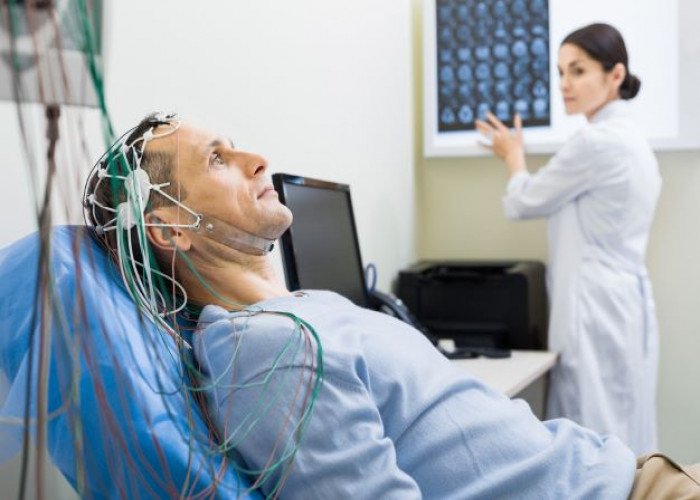
EEG
N/A

Colonoscopy
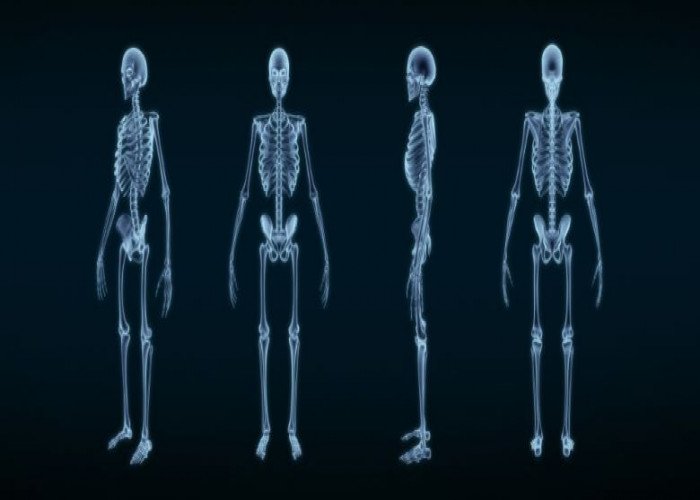
X-Ray
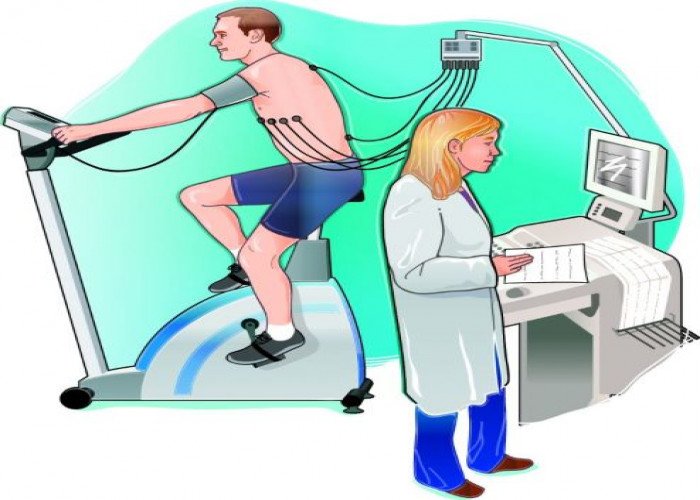
ETT

Vascular Study
Electroencephalogram, EEG, test EEG, EEG full form, EEG meaning, ইলেক্ট্রোয়েন্সফ্লোগ্রাম, ইইজি
To be happy, beautiful, healthy, wealthy, hale and long-lived stay with DM3S.